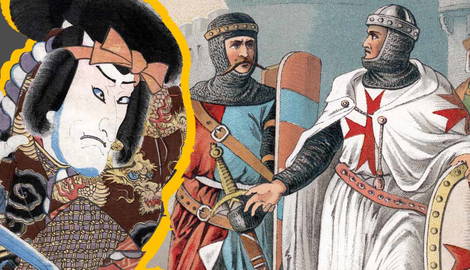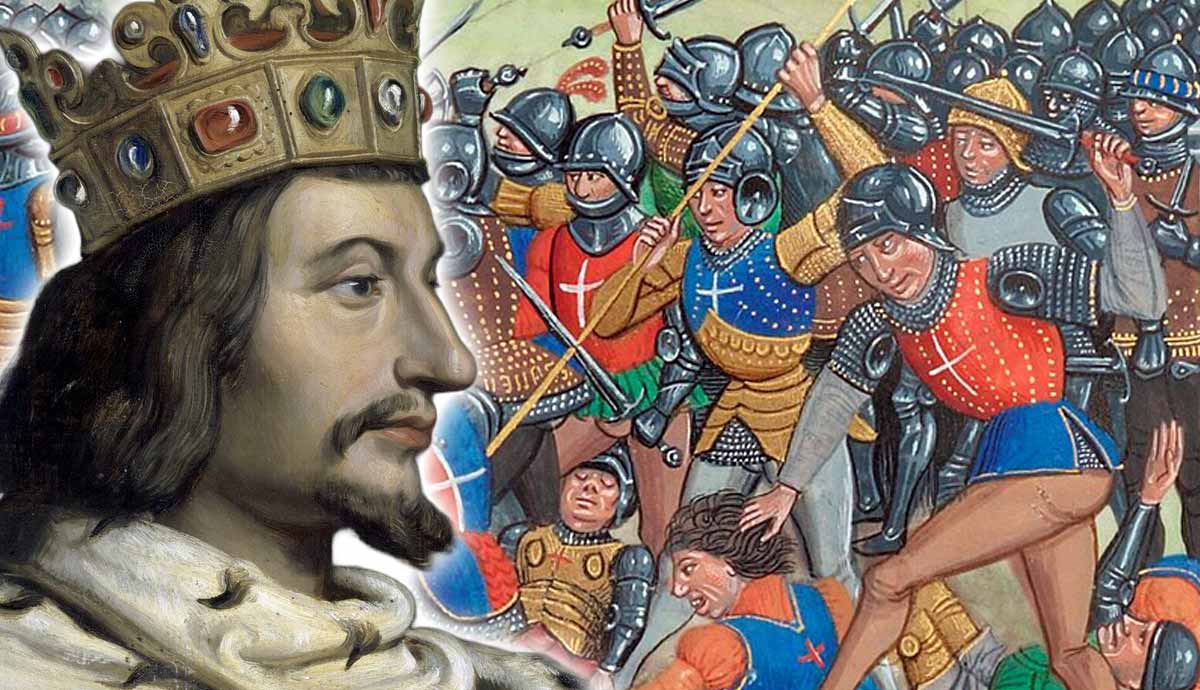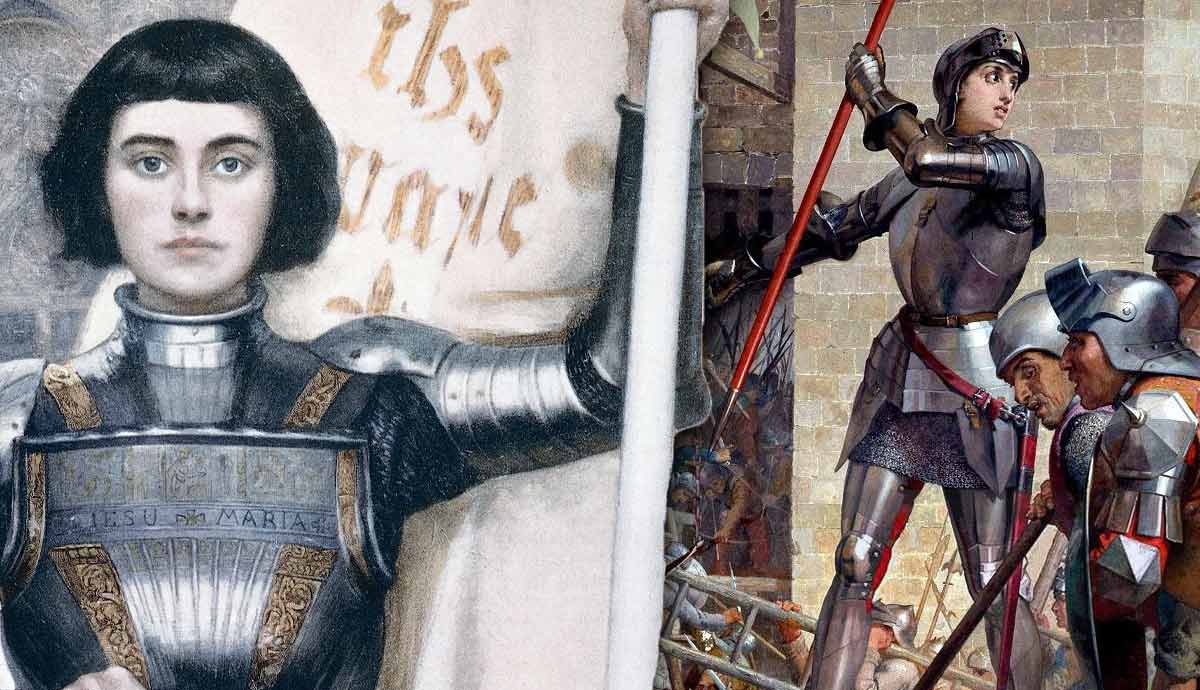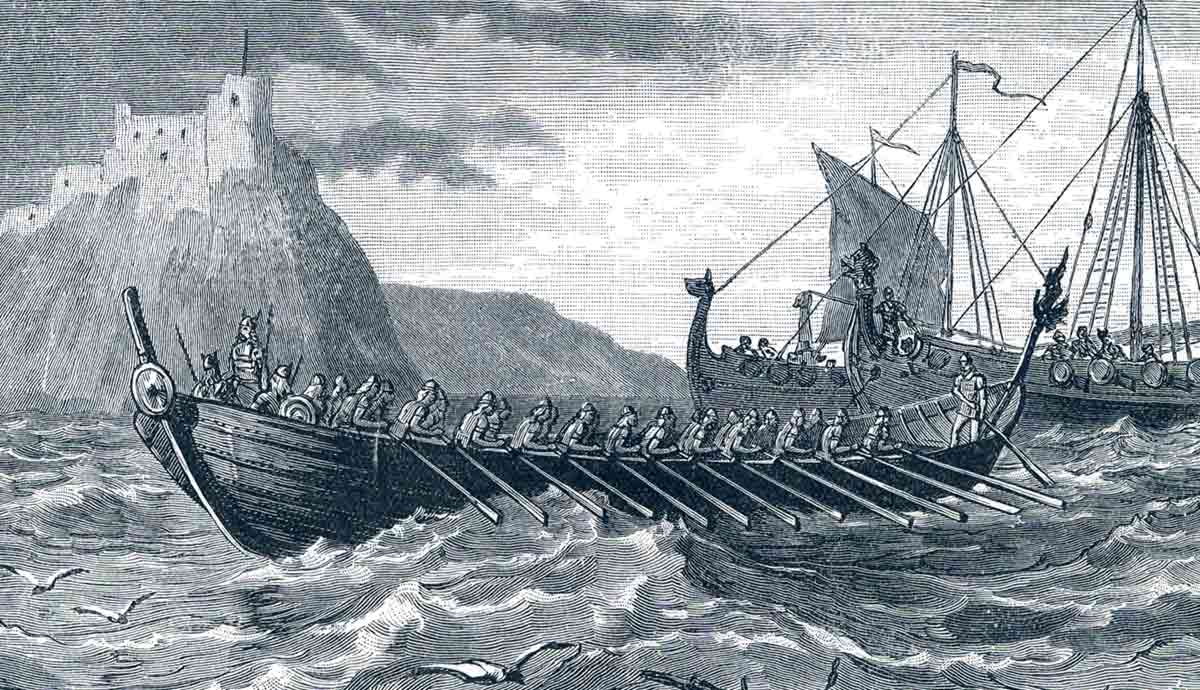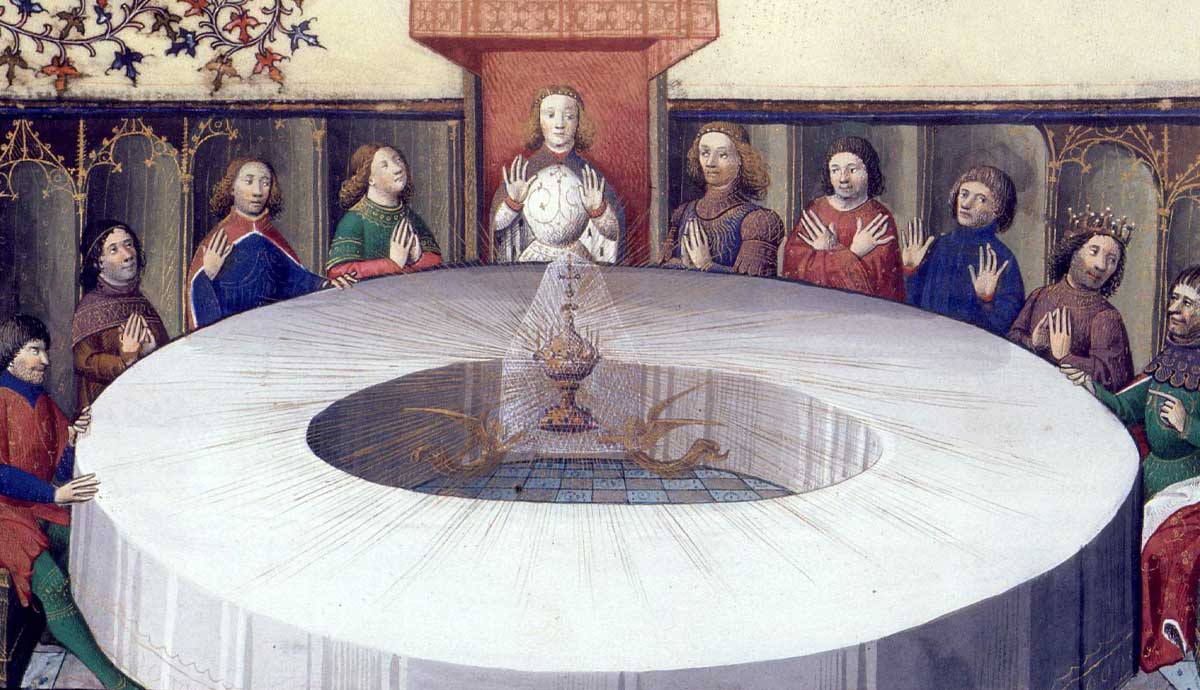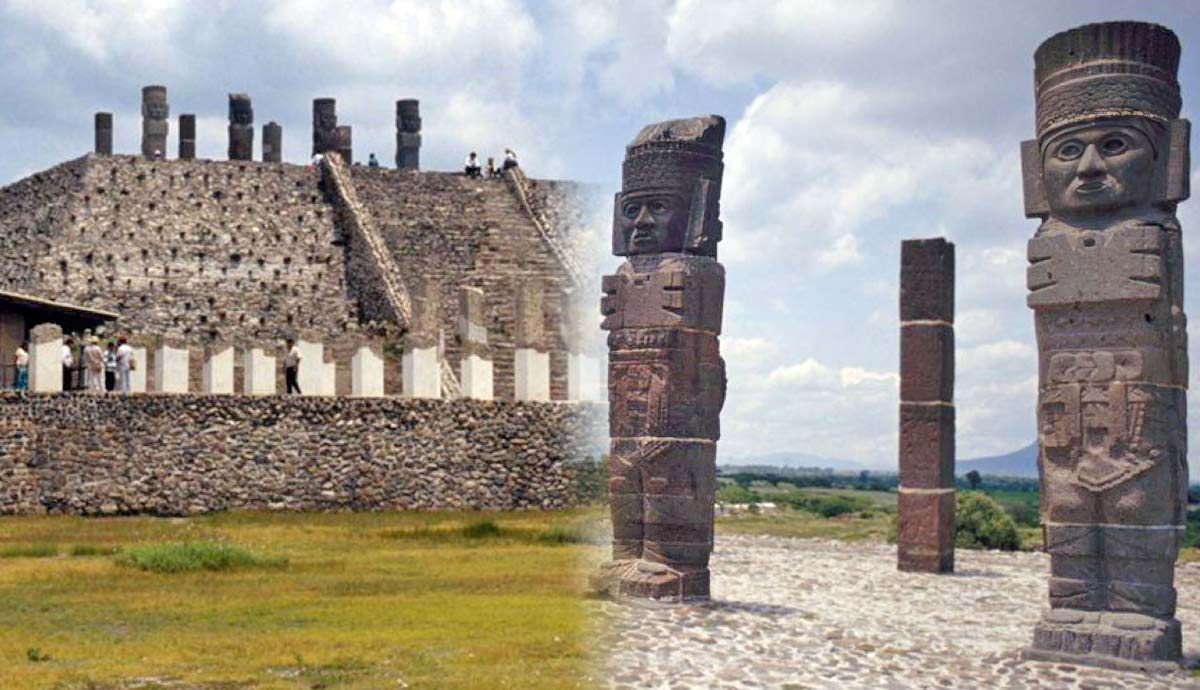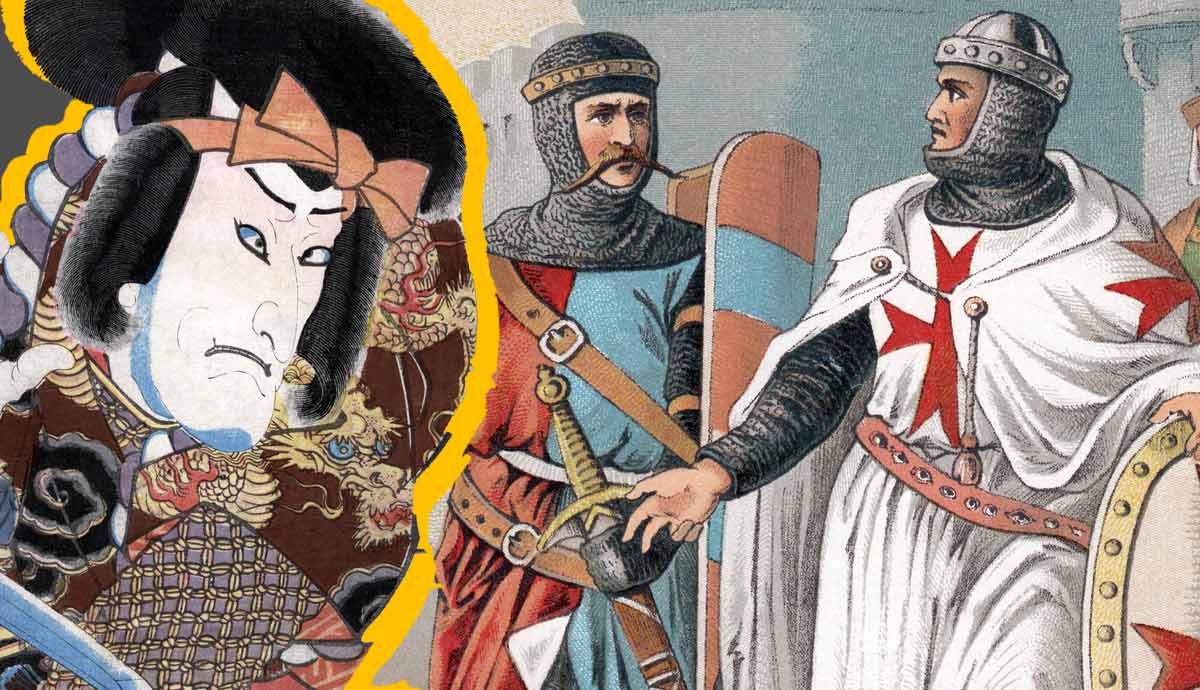
In modern-day society, it is easy to see how Japan differs from Europe. Cultural ideals in Japan are just about as far away from European (or “Western”) culture as you can get—but how far back do these differences go? In this article, we will explore just how different these two cultures were, or whether they were different at all, by looking at religion, warfare, society, kingship, and more.
Similarities: 1. The Feudal System

In both medieval worlds, there was a key hierarchical system. In medieval Japan, the emperor was at the top, with various ranks of nobles beneath him, and eventually at the bottom of the social caste was the peasant, or the common man.
In effect, it was not too dissimilar in medieval Europe—there was the King or Queen at the top, followed by various ranks of nobles including marquesses, dukes, barons, viscounts, and knights, after which following were merchants, and then peasants at the bottom.
These systems offered a social ranking that everyone was aware of—people knew that a peasant’s main job was to provide food, and get paid a pittance for it from their landlord. In turn, that lord would then sell the food to the ranks above, who would deal with distribution and taxation for the crown, and so on.
In medieval Japan, the system was much the same. Peasants were the providers, and the higher ranks (such as samurai) benefited from their hard work—an early form of labor exploitation.
2. Warrior Classes

Knights (in Europe) and Samurai (in Japan) were the two distinct warrior classes in both medieval realms. Despite several similarities, there were still some striking differences between the two.
Perhaps the biggest difference between them was how they were paid for their services. In medieval Europe, knights could become very powerful by rising through the military ranks, because they tended to be paid in land. A knight could own several castles at any given point, or a certain amount of acres of land.
This was how famous knights such as William Marshal, the Eagle of Brittany, and John of Gaunt all became so powerful, and this was especially important in times of turmoil against the king or the sitting monarch.
On the other hand, in medieval Japan, samurai were typically paid a salary, rather than granted lands. While this incurred more of an expense for the emperor, this was much more beneficial in terms of the power that the samurai held, ensuring that the emperor always held more.
The salary that samurai were typically paid was in rice, rather than in cash, so this also came at a lesser expense for the crown. In certain instances of bad harvests, there was occasionally a rice shortage, but this simply meant that the value of rice went up, so whatever rice the samurai already had a hold of meant that they had more purchasing power with it.
3. Political Decentralization

There were also several similarities in terms of political decentralization. This went hand-in-hand with how the warrior classes were similar in nature.
For example, while a king or emperor ruled the country as a whole, the idea that power was spread across the kingdoms was similar in both medieval Europe and medieval Japan.
In Europe, for instance, lords and vassals would rule certain areas of land (known as fiefdoms or dukedoms) and be in control of elements such as agricultural production, military output, local taxation, and more.
Similarly, in Japan, local areas were often controlled either by samurai or other local lords who reported to a more senior figure, such as the emperor.
This meant that the emperor could focus more on things such as foreign policy or internal conflict, while the senior lords were responsible for keeping the peace in their kingdoms.
However, decentralized power like this often led to internal conflicts in both medieval Europe and medieval Japan.
Events such as the Peasants’ Revolt in 1381 in England ended up being such a popular movement that it involved King Richard II, who had to put it down. Similarly, the Jacquerie in 1358 in France was another popular revolt that ended up gaining national attention.
These often-localized rebellions and uprisings often gained huge support outside of individual lords’ fiefdoms or territories, and could end up gaining national attention, particularly if the ruling lord had sympathies with the rebels.
4. Agricultural Economies

Another similarity that was shared between medieval Japan and medieval Europe was that both were built on agricultural economies.
While the primary grains differed—rice in Japan and wheat in Europe—the concept of an agricultural economy remained the same.
Peasants were responsible for growing the produce, of which they would keep very little, while the landholders would take their share, and the king or emperor an even larger share.
The reason why agricultural economies fluctuated so much in the Middle Ages in both Japan and Europe was that grain prices could skyrocket or drop dramatically, given the harvest and the weather conditions. Another serious consequence of an agricultural economy was that extreme weather events, such as floods or droughts, could lead to mass starvation and famines.
For example, the famine that England experienced from 1315-17 was so bad that the agricultural economy did not recover, and neither did harvest numbers and yields, until 1322: seven years after the first year of famine.
In medieval Japan, the story was fairly similar—a bad harvest season for the rice crops meant that the whole country would suffer, from peasants dying of famine and other nutritional-based diseases, to samurai not getting paid, and popular uprisings due to the lack of food.
Differences: 1. Military Leadership

While the different warrior classes discussed earlier represent two similarities that medieval Japan and medieval Europe had in common, their style of military leadership differed greatly.
For example, in medieval Japan, the samurai were known for following the strict code of Bushido, which translates as “the way of the warrior.” They were known for their loyalty and courage and were highly respected in society.
Bushido developed during the Kamakura Period (1192-1333), and to this day, it is still studied in military training in Japan. Honor was a huge part of bushido, and samurai were expected to show the highest level of honor even when facing death. It was better to die honorably than die begging for forgiveness in the eyes of medieval Japanese society.
However, one striking difference is that one had to be born into a samurai family, and previous generations had to have been samurai for a medieval Japanese man to become a samurai. On the contrary, while most knights came from privileged backgrounds, the idea that anybody could rise to the rank of a knight in medieval Europe set the two apart.

Knights were similar in the sense that they were expected to adhere to the code of chivalry, and this idea had begun to develop around 1170-1220, so on almost the exact same timescale that bushido had begun to develop in Kamakura-era Japan.
Chivalry was similar to bushido, but the consequences were not as severe if knights did not adhere to it—they were merely expected to, and the majority of them wanted to. Chivalry had more religious undertones than bushido did, focused on fighting for Christianity, for God, for Christendom, for Christ, with a heavy emphasis on protecting the Virgin Mary as a knight of God, particularly while on a crusade.
So while samurai and knights had their similarities, there were also stark differences between the way they operated when it came to bushido vs chivalry.
2. Religious Differences

Religion was a major factor in the societies of both medieval Japan and medieval Europe.
In Japan during the Middle Ages, there were several different religions operating at one time. Buddhism had spread from the Indian subcontinent, across China, Korea, and into Japan by the mid-6th century CE, so it had been practiced in the country for almost the entirety of the Japanese Middle Ages.
In addition, Confucianism, which had spread from China and reached Japan by around the 3rd to the 5th centuries CE, was another familiar religious sect in the country that many people adhered to.
Thirdly, there was also Japan’s native belief system, which predates any historical records. This is called Shinto, and many people also adhered to this.
In addition, Emperors in medieval Japan were viewed as god-like figures, and while most medieval kings in Europe held a hugely respectable status, it was not the king but the Pope who held most religious power in medieval Europe.
Religion was also hugely important to daily life in medieval Europe, but it was much more structured across the continent. In the Middle Ages, the primary religion was Christianity, and specifically, Catholicism.
Multiple services were held every week, and everyone from peasants to kings was expected to attend the majority of them. The Pope, who was based in the Papal States, was viewed as God’s representative on Earth, and thus held all of the power.
There were other sects of other religions in medieval Europe at the time—Judaism was practiced by medieval Europe’s Jews, but was not without its troubles. The jews were expelled from numerous countries, including England in 1290 by King Edward I. Islam had also reached the Iberian peninsula by the 8th century CE, but was generally restricted to southern Spain for the majority of the Middle Ages.
3. Social Mobility

Despite the fact that both societies were traditional feudal systems, there were actually some differences in social mobility.
In medieval Japan, social mobility was much more rigid than in Europe. For example, while samurai were some of the most revered members of Japanese society, they did not own land. On the contrary, in Europe, knights were also highly respected, but they were often paid in lands for their services to the Crown, which produced a completely different power dynamic.
In turn, this means that Japanese samurai were much less socially powerful than knights, and because most people in medieval Europe, through fortune and lots of luck, could work their way up the social hierarchy to become a knight, this gave medieval Europe the edge in terms of social mobility over medieval Japan.
However, it was not just military social mobility that was possible in medieval Europe. Social mobility was possible through trades. In medieval Japan, peasants gave birth to the next generation of peasants, while lords and ladies gave birth to the next generation of lords and ladies, and so on.
In medieval Europe, while this was the case most of the time, there was a much higher chance of climbing the social ladder. A peasant could give birth to a peasant child, but if that child showed certain military prowess, or was a skilled blacksmith, or even traded well at local markets, they could carve out a career for themselves in one of these industries. Merchants who ran mini-trading empires in medieval Europe, such as those operating from port cities like Genoa, often came from very poor backgrounds themselves, but worked their way up the social ladder.
4. Technological Advances

It might seem strange, given that Japan is one of the most technologically advanced countries in the modern world, but it was actually quite far behind Europe in terms of technological advancements during the Middle Ages.
Part of this was due to Japan’s lack of contact with the majority of the outside world, whereas by the Late Middle Ages, Europeans were leading the way in contact with other continents: Columbus to the Americas, Vasco da Gama to India and Marco Polo to China, just to name a few explorers in the early Golden Age of European exploration.
Europeans tended to focus on navigational technologies, which helped them to explore more of the world than ever before, whereas the Japanese tended to focus instead on internal development and military technologies.
In saying this, it was in the mid-16th century that Japan had adopted gunpowder and European-style weapons from European visitors, whereas medieval Europeans tended to develop these technologies from scratch, instead of adopting them and suiting them to their own needs from other cultures.
Overall, medieval Europe had a much quicker and larger technological boom than medieval Japan did, but Japan’s technological boom would come much later and arguably have a bigger impact at the time that it did come.
Medieval Europe vs Medieval Japan: Conclusions

In conclusion, medieval Europe and medieval Japan shared many similarities, but it is important to acknowledge the differences between them. In the Early Middle Ages, neither society knew that the other existed, and both developed at their own pace.
Factors such as religion, hierarchical structure, and technological advancements separated these two societies, and it is important to look at the context in which they developed.
For example, while medieval Japan had natural disasters such as tsunamis, earthquakes, volcanoes and more to learn how to deal with, medieval Europe had factors such as the Black Death, trade-borne diseases and overpopulation to deal with at the same time, which is why both societies developed at different paces and had hugely different cultures.
